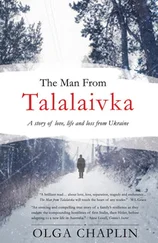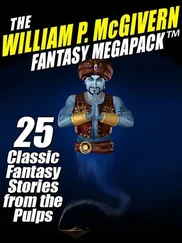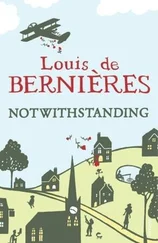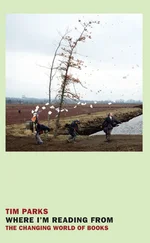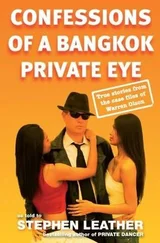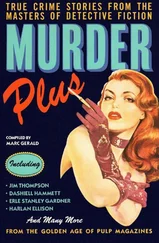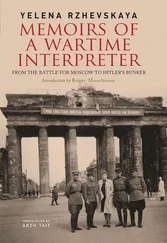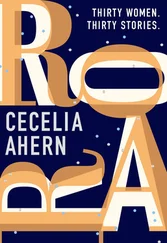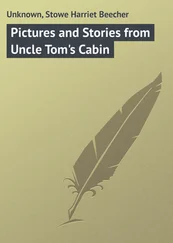A long time ago Marcus Tanner, a friend and colleague, said, after reading an article about Nagorno-Karabakh, the Armenian breakaway region of Azerbaijan, that it failed to tell him what he really wanted to know, which was: “What does Stepanakert smell like?” Stepanakert is the capital of Nagorno-Karabakh. I don’t write about smells, but the point is that often what is needed and what a book gives you the opportunity to do is to make a place and its people easier to understand. What I wanted to do was to mix people, stories, history, politics and reportage rather than explain why this event followed that one.
Some said to me that I needed to go to Russia. But this is not a book about Russia. There are plenty of those. It is about Ukraine and the people who live in it. Thank you, Stefan, for asking me to write it and Josephine Greywoode for editing it. Thanks to Georgina Capel, for making it possible. Thanks to Rosie Whitehouse, my wife, for persuading me to do it and telling me to stop reading books about Ukraine at home, to leave and not come back until I had written my own. Thanks to Harriet Salem for saying “hello” in the Dolce Vita in Mitrovica and then getting me started in the east. Thanks to Dimiter Kenarov for ideas and contacts for some of my favorite stories. Thanks to Liliia Ivaschenko for her assistance in the east.
Many thanks to the German Marshall Fund and its Black Sea Trust. It was because I was invited to participate in several of their study tours to Ukraine for journalists and policy-makers that I was first able to come here and meet people. Thank you, Ivan Vejvoda, Alina Inayeh, Ana Aelenei and Dinu Toderascu. Thanks to the Institute of World Policy in Kiev for also inviting me on a trip. In Odessa, many thanks to Hanna Shelest. In Ukraine, thanks, above all, to Ludmila Makarova for doing the bulk of the translating and fixing.
On this page Nikita Khrushchev in Lviv opera house, standing at right and clapping. From the film Liberation , 1940. As well as for performances, nowadays you can visit the opera house on a Thursday afternoon, and surprising numbers of people do. Outside, it is an exuberant neo-Renaissance affair and inside, a traditional meeting of deep red velvet and gold. On the ceiling of the auditorium is a roundel featuring ten naked dancing girls, swirling long diaphanous scarves around themselves. The girls and their opera house, which opened in 1900, are a poignant reminder of those final optimistic years before the First World War when no one in Europe had any conception that they were living in an era on which the final curtain was about to fall. A middle-aged lady stands at the front to answer questions. Curious as to whether what took place here in 1939 is remembered, I asked her if Khrushchev sat “there” and point at a box. No, she replied immediately, he sat “in the royal box. You can see there is a crown above it.” If you look at Dovzhenko’s film, though, you can see that is not true, as he sat in the box below the royal one. Still, it is a good story, unless she was referring to another event. I asked if Stalin ever attended the opera and she said that, not only did he not, but he never even visited Lviv, bar once passing through the railway station and even then few people knew about that. To a Westerner the episode here in the opera house, with strident speeches being made while Khrushchev the puppet master looked on, might seem like a minor historical detail. But in the wake of what has happened in Crimea, Donetsk and Lugansk it is necessary to remind ourselves of this. On March 16, 2014, in Crimea, under the watchful eye of Russian soldiers, a referendum was organized on joining Russia. Patriotic speeches followed, and Putin then graciously accepted Crimea into the fold. A similar referendum was held on May 11 in those parts of Donetsk and Lugansk controlled by pro-Russian rebels. In other words, obscure to us in the West, but in the Kremlin simply standard operating procedure, there in the textbooks to be looked at again, dusted off and tweaked for modern times.
the picture which shows Khrushchev at the opera in Lviv is a screen shot from Alexander Dovzhenkho’s film Liberation . The painting of Metropolitan Archbishop Andrey Sheptytsky on this page Archbishop Andrey Sheptytsky, painting by Oleksa Novakivsky. Museum of Ethnography and Crafts. Lviv, November 2014.
hangs in the Museum of Ethnography and Crafts in Lviv. It depicts the metropolitan as Moses symbolically leading his people out of the land of Egypt. It is by Oleksa Novakivsky (1872–1935) and was painted between 1915 and 1919. All the other pictures are by me.
Kiev, June 2015

What’s next on your reading list?
Discover your next great read!
Get personalized book picks and up-to-date news about this author.
Sign up now.
Copyright © 2015 by Tim Judah
All rights reserved.
Published in the United States by Tim Duggan Books, an imprint of the Crown Publishing Group, a division of Penguin Random House LLC, New York.
crownpublishing.com
Tim Duggan Books and the Crown colophon are trademarks of Penguin Random House LLC.
Selected material was originally published in different form in The New York Review of Books and its blog, the NYR Daily, in 2013 and 2014.
Originally published in Great Britain by Allen Lane, an imprint of Penguin Random House UK, London, in 2015.
Library of Congress Cataloging-in-Publication Data
Names: Judah, Tim, 1962– author.
Title: In wartime : stories from Ukraine / Tim Judah.
Description: First edition. | New York : Tim Duggan Books, 2016.
Identifiers: LCCN 2016000368 (print) | LCCN 2016023308 (ebook) | ISBN 9780451495471 (hardback) | ISBN 9780451495488 (trade paperback) | ISBN 9780451495495 (ebook) | ISBN 9780451495495 (ebook/epub)
Subjects: LCSH: Ukraine Conflict, 2014– | Ukraine Conflict, 2014—Personal narratives. | Judah, Tim, 1962—Travel—Ukraine. | Ukraine Conflict, 2014—Social aspects. | War and society—Ukraine—History—21st century. | Ukraine—Foreign relations—Russia (Federation) | Russia (Federation)—Foreign relations—Ukraine. | BISAC: HISTORY / Europe / Former Soviet Republics. | HISTORY / Europe / Eastern. | HISTORY / Military / Other.
Classification: LCC DK508.846 .J832 2016 (print) | LCC DK508.846 (ebook) | DDC 947.086—dc23
LC record available at https://lccn.loc.gov/2016000368
ISBN 9780451495471
Ebook ISBN 9780451495495
Cover design by Tal Goretsky
Maps by John Gilkes
Photo credits are in the Acknowledgments on this page
v4.1
a
This is not the same place as Pervomaysk, described in “Towns at War.”


